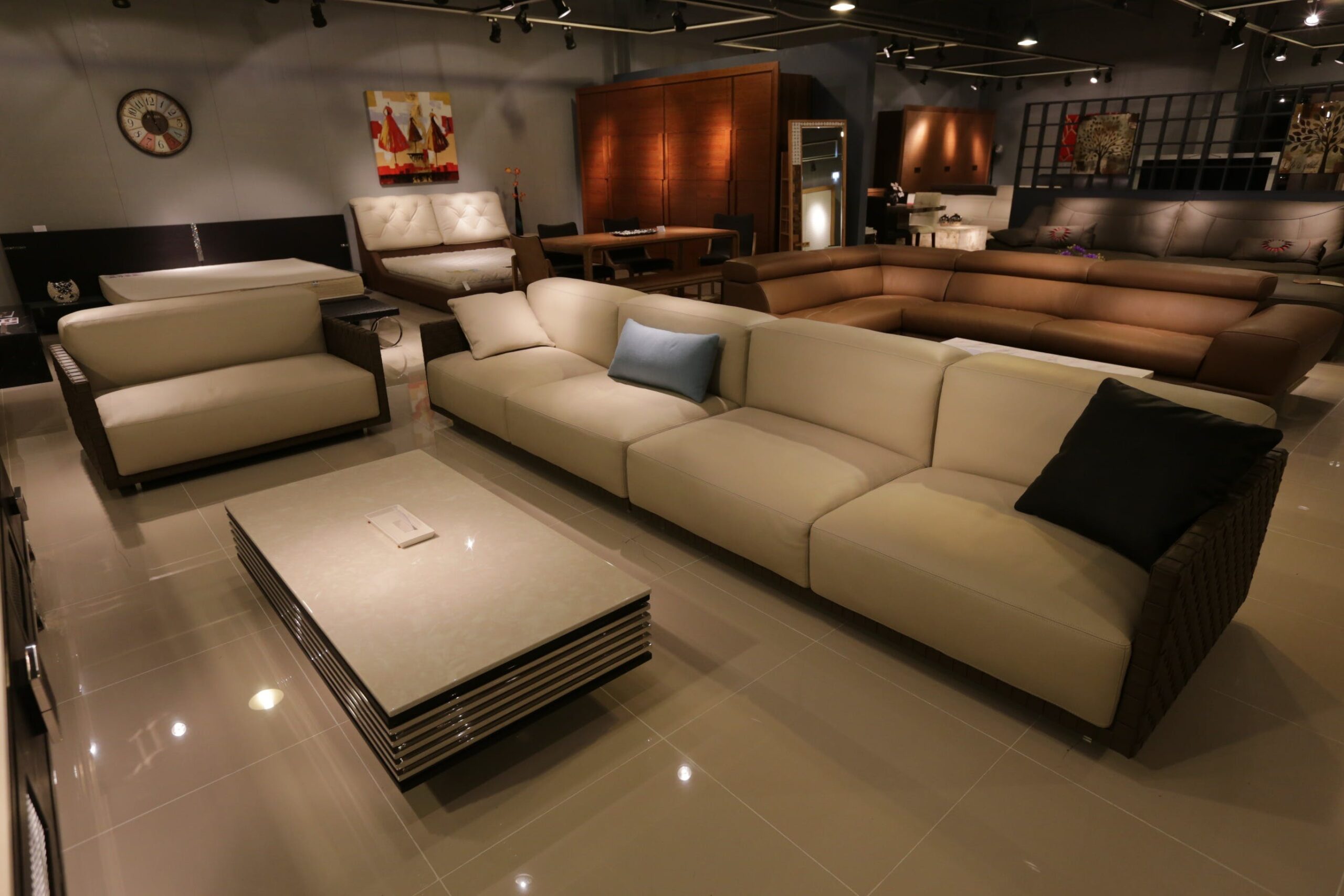Whether you are decorating a new corporate workspace, building a home office, or designing an executive suite, there is a certain functionality that simply must be adhered to. No matter how basic or how grand this work area is intended to be, making sure that you have it furnished properly can play a huge role in the productivity and profit of the office.
From the right desk to an inviting café table to comfortable group meeting areas, creating the right flow and atmosphere in your workspace will go a long way in improving efficiency, comfort, and mood. While many pieces are useful in a workspace, in today’s article, we will take a look at 5 of the must-haves:
1. A Café Table
For anything other than a home office, this community gathering place serves as a multi-functioning hub. Obviously, it’s a place to take a break, have a cup of coffee, or enjoy lunch. However, these locations have also been known to break out into impromptu meeting areas for great ideas and brainstorming sessions.
This is because the creative and problem-solving parts of your brain sometimes do their best work when there is no pressure or when your focus is on something else, such as eating or socializing.
2. Bookcases, Filing Cabinets, or Some Other Storage
You don’t want to be utilizing cardboard boxes or storage bins for your various paperwork, files, books, and office supplies. Additionally, most employees store personal items like keys and purses in lockable storage areas such as their desks or assigned filing cabinets.
3. A Functional and Comfortable Desk
Since this is where you and other employees do the bulk of your work, it’s important to make sure that you get one that fits your needs. Consider the type of work done at the desk and choose accordingly.
One used for typing needs to have a cable management system. One that needs a lot of storage space needs to be larger. More compact desks are best suited for smaller work areas.
4. Meeting Table or Collaborative Seating Area
Although the café table serves as a great informal group workspace, it’s important to have a dedicated conference/collaborative area set up. Round or rectangular tables work best in these spaces, along with uniformed, functional seating.
5. The Proper Lighting
Something else that gets overlooked in the rush to furnish an office is the importance of efficient and effective lighting. Having the right amount of illumination while still maintaining a soft and easy ambiance is critical in creating a productive yet relaxed environment.
Finding Great Deals on Office Furniture
Now that you know the essential furniture and accessories needed for your office space, the other thing to consider is the budget. Even if you have unlimited funds available to decorate the space, it still makes sense to look for good deals. After all, what’s better than coming in under budget on something?
While retail locations tend to be overpriced and often lack high-quality pieces, online liquidators eliminate the middleman, creating tremendous savings opportunities for savvy office furniture shoppers.
